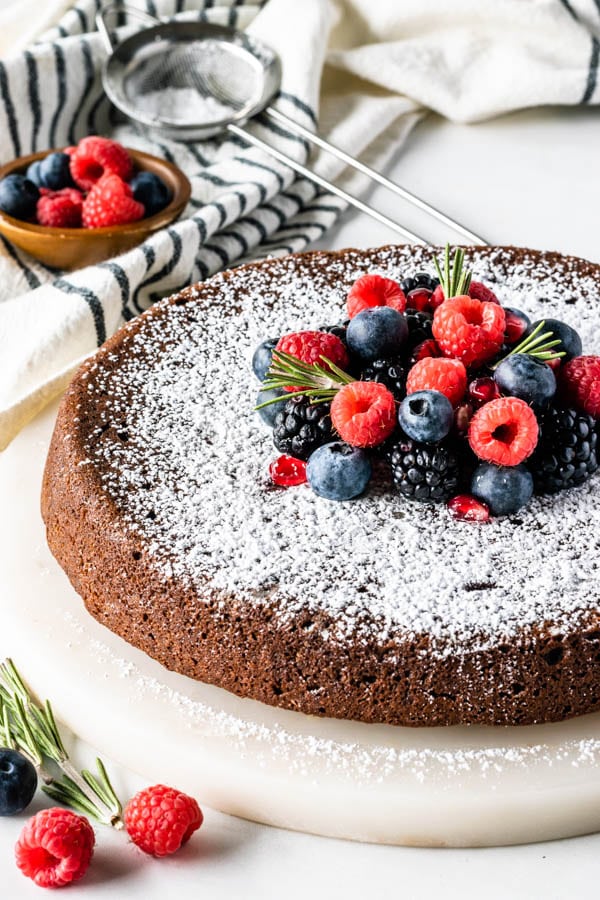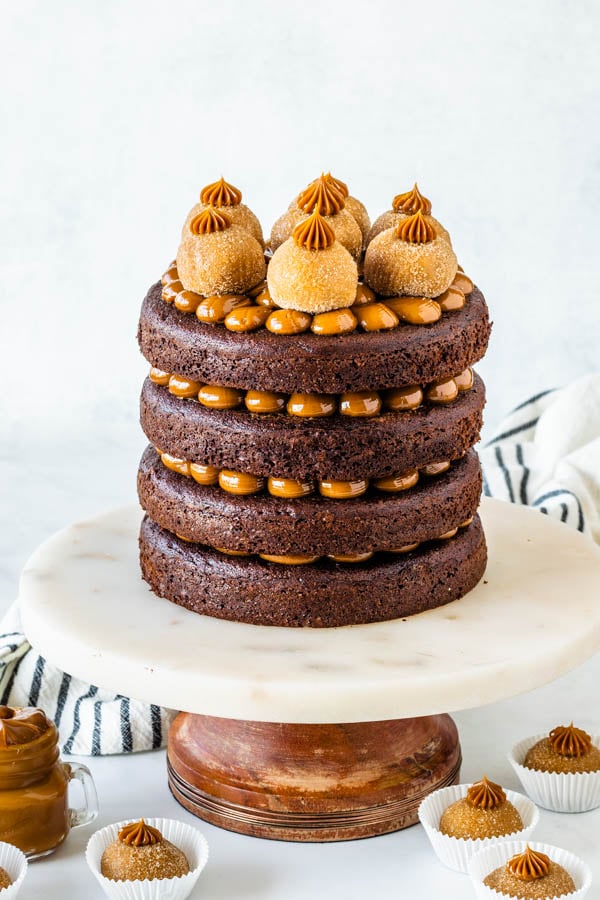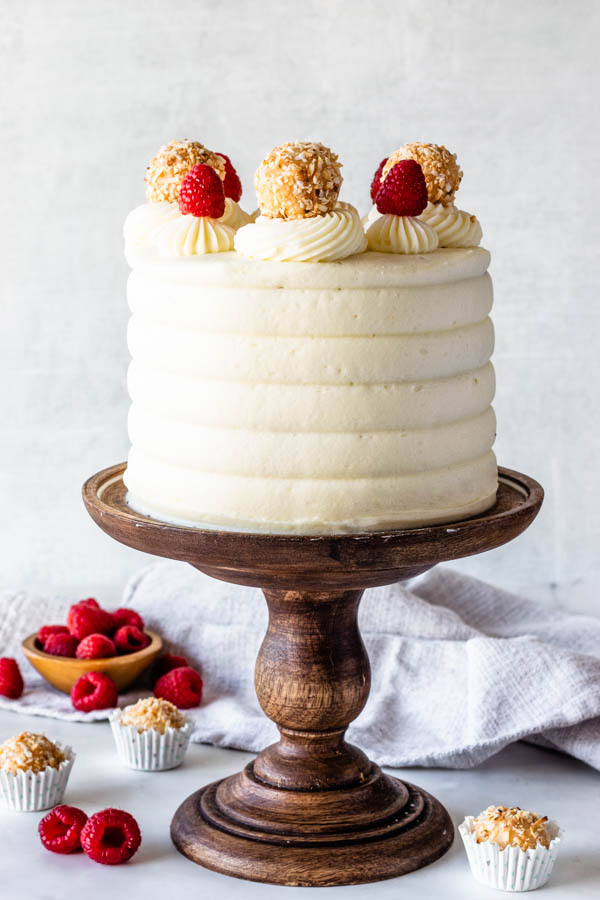How to Be a Better Baker
Have you ever wondered how to be a better baker? Baking is both an art and a science, requiring precision, practice, and a bit of creativity. Whether you’re a beginner or looking to refine your skills, mastering baking techniques is essential for creating delicious treats, delicate pastries, and perfect pie crusts.
From aspiring home bakers to those aiming to become a professional pastry chef, understanding the nuances of baking can transform your homemade desserts into bakery-quality delights. Let me show you how to be a better baker with these tips and tricks.

Becoming a Better Baker
Becoming a better baker is all about mastering the basics while embracing creativity in the kitchen. Whether you’re new to baking or have years of experience, there are always ways to enhance your skills and elevate your baked goods to the next level.
This post may contain affiliate links. I earn a commission from qualified purchases. Please read our Privacy policy here.
Practice is key to becoming a better baker because it allows you to refine your techniques, build confidence, and most importantly, learn from mistakes. Baking is as much of an art as it is a science, and the more you experiment with recipes, the better you’ll understand how ingredients interact with each other, and how to achieve the perfect textures and flavors. With each batch, you’ll sharpen your instincts for measuring, mixing, and baking times, which leads to consistent, high-quality results. Through practice, you’ll develop a deeper appreciation for the process and become more acquainted with elements like your oven, or the weather of where you live. Ultimately, practice is what turns good bakers into great ones.
1. Read the Recipe Thoroughly
Before you even think about turning on your oven, take the time to read through the entire recipe. Even the best pastry chef in the world follows this step. This step is often overlooked but is crucial for understanding the process, the timing, and the specific requirements of the recipe.
Why It Matters:
- Understanding Instructions: Some recipes have steps that need to be done in quick succession, while others require resting periods. Knowing this in advance helps you plan better.
- Ingredient Prep: Ensures you have all the necessary ingredients and tools before you start, preventing any mid-recipe runs to the store.
- Avoiding Mistakes: Catch potential mistakes or misunderstandings before they happen. For example, distinguishing between baking powder and baking soda can make or break your bake.
Additional Tips:
- Annotate the Recipe: Make notes on the recipe, such as highlighting unusual steps or noting any personal adjustments you might need to make.
- Watch Tutorial Videos: If available, watching a video demonstration can provide clarity on complex steps or techniques.
2. Measure Ingredients Accurately
Baking is precise, and even slight deviations in measurements can significantly affect the outcome of your bake. Invest in a good kitchen scale. Every time you scoop a cup of sugar, it can be a different amount that fits in the same measuring cup. Unlike measuring cups, which can vary depending on how ingredients are packed or scooped, a scale ensures that you’re using the exact amount required by the recipe. This precision is especially important in baking, where even slight variations in ingredient quantities can affect texture, rise, and flavor. A scale helps you avoid common baking mistakes, making your results more reliable and your process more efficient.
Why It Matters:
- Consistency: Accurate measurements ensure that your baked goods turn out the same every time.
- Chemical Reactions: Baking relies on chemical reactions. Too much or too little of an ingredient can alter these reactions, affecting texture, rise, and flavor.
Tips for Accurate Measuring:
- Flour: If you really don’t want to get a kitchen scale, or if yours has broken and you are in the middle of baking something, the best tip for measuring flour without a kitchen scale is to spoon flour into your measuring cup and level it off with a knife. Avoid scooping directly from the bag, as this can pack the flour and lead to excess.
- Brown Sugar: Always pack brown sugar firmly into your measuring cup unless otherwise stated.
- Liquids: Use a clear liquid measuring cup and check at eye level to ensure accuracy.
- Zero Out Your Scale: When using a kitchen scale, always zero out the scale after placing your container on it to ensure you’re only weighing the ingredients.
- Know Your Ingredients: Understand the properties of common baking ingredients. For example, how different types of sugar (white, brown, powdered) can affect moisture and texture.
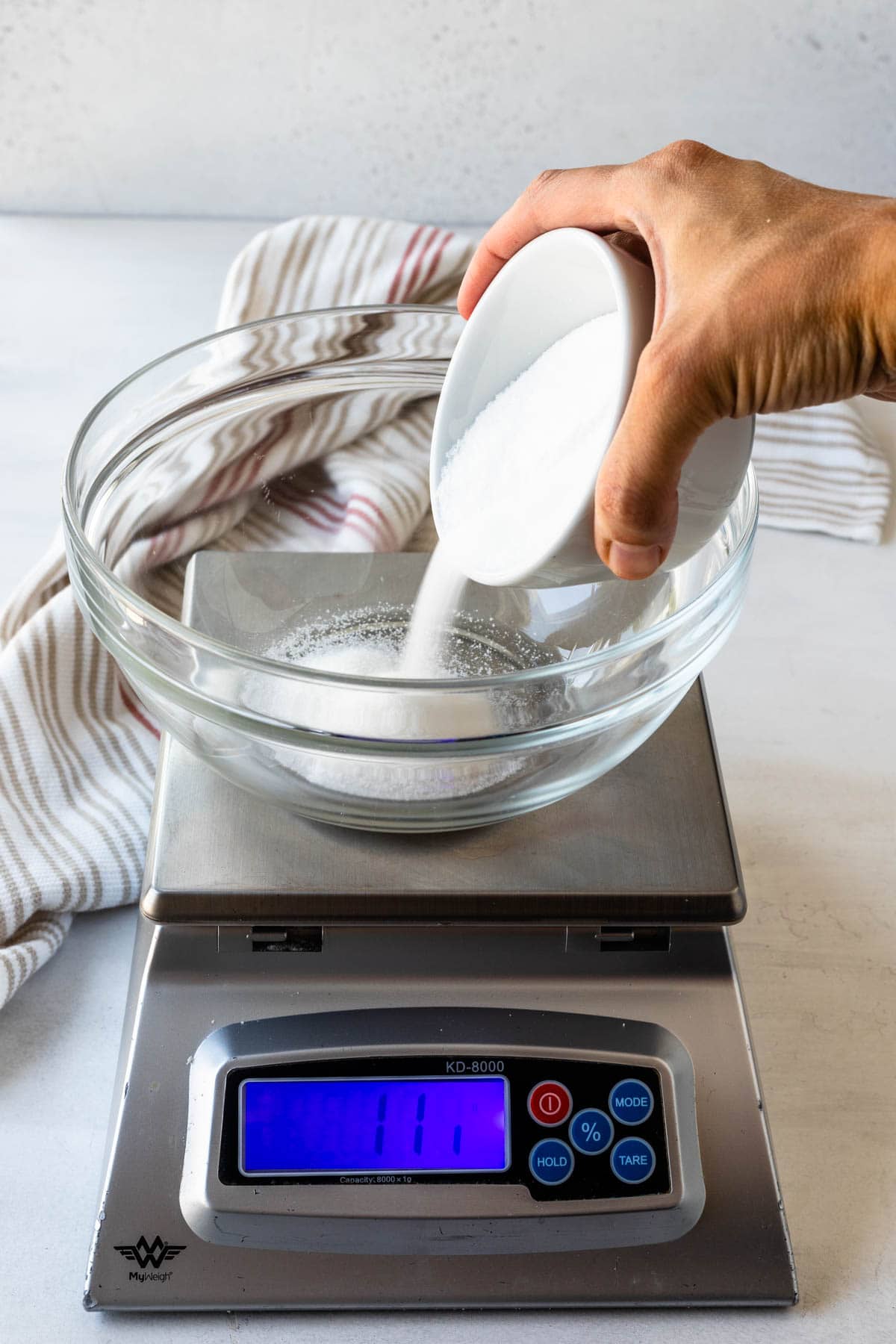
3. Use Room Temperature Ingredients
Many recipes call for room temperature eggs, butter, and other dairy products. Room temperature ingredients mix more easily and evenly, resulting in a smoother batter and better texture.
Why It Matters:
- Emulsification: Room temperature ingredients blend better, ensuring a uniform batter. This is crucial for recipes like cakes and cookies, where the texture depends on a well-emulsified batter.
- Leavening: Properly mixed ingredients help with the leavening process, leading to better rise and texture in your baked goods.
Additional Tips & How to Achieve Room Temperature Quickly:
- Plan Ahead: Take your ingredients out of the fridge at least 30 minutes before you start baking.
- Check the Temperature: Use an instant-read thermometer to ensure ingredients are at the right temperature. For butter, room temperature is typically around 72ºF.
- Butter: Cut cold butter into small pieces and let it sit for 10-15 minutes. Alternatively, microwave in 5-second intervals until softened but not melted.
- Eggs: Place eggs in a bowl of warm (not hot) water for about 5 minutes.
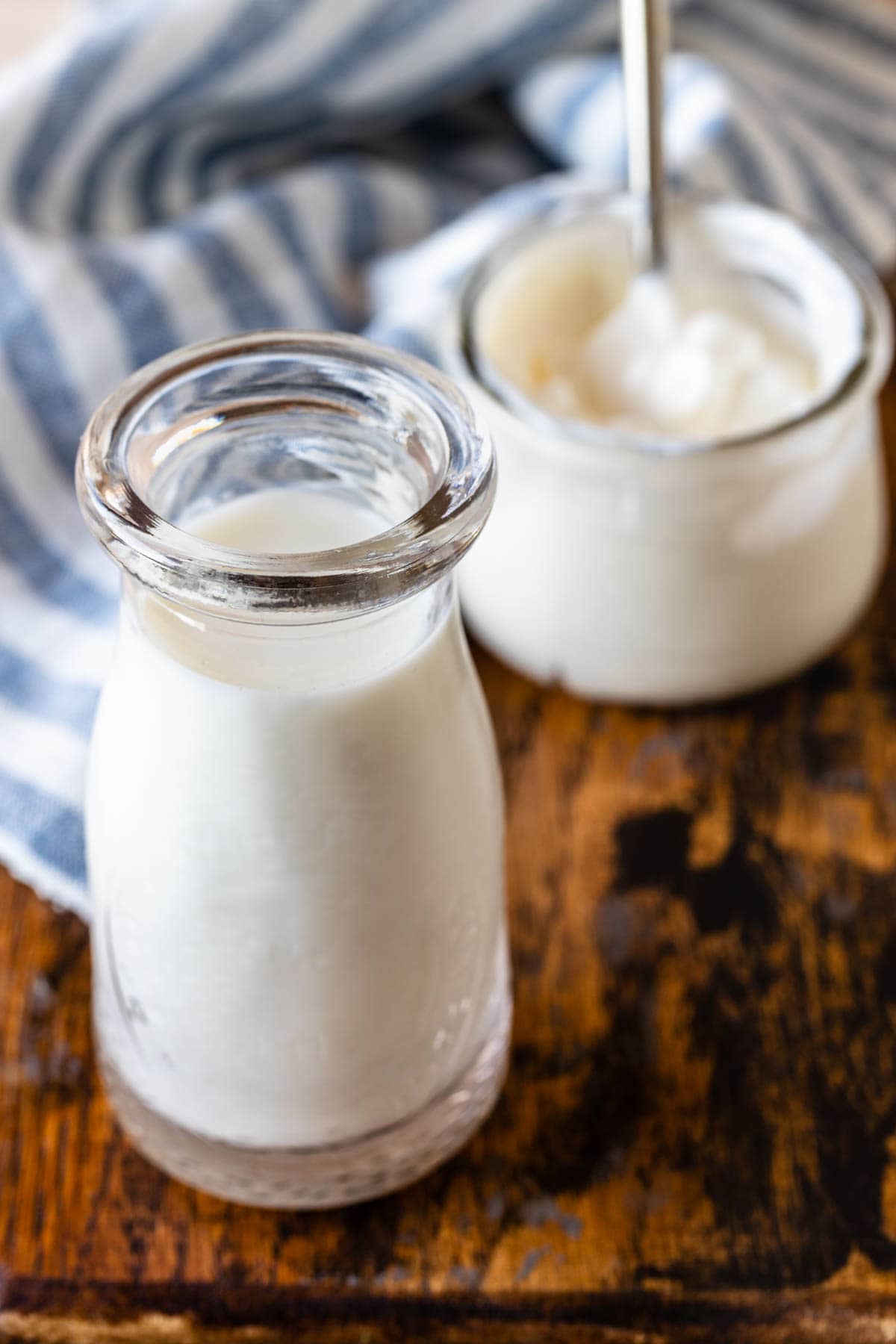
4. Preheating & Oven Temperature
Always preheat your oven to the specified temperature before you put your dessert in. An oven thermometer can help ensure your oven is at the right temperature, as not all ovens are perfectly calibrated.
Why It Matters:
- Even Baking: Starting with the correct temperature ensures even baking and prevents issues like overbaked edges and underbaked centers.
- Timing: Accurate preheating ensures your bake starts at the right time, which is crucial for recipes with delicate textures.
Additional Tips:
- Use an Oven Thermometer: Everyone’s oven is slightly different, so I always use a thermometer. Place it in your oven to check for accuracy. Adjust the temperature setting if necessary.
- Preheat for At Least 20 Minutes: This allows the oven to reach and stabilize at the correct temperature, ensuring consistent heat distribution.
Read this article about how ovens work, it’s a comprehensive article geared towards macarons, but the contents can be useful for any kind of baking as well.
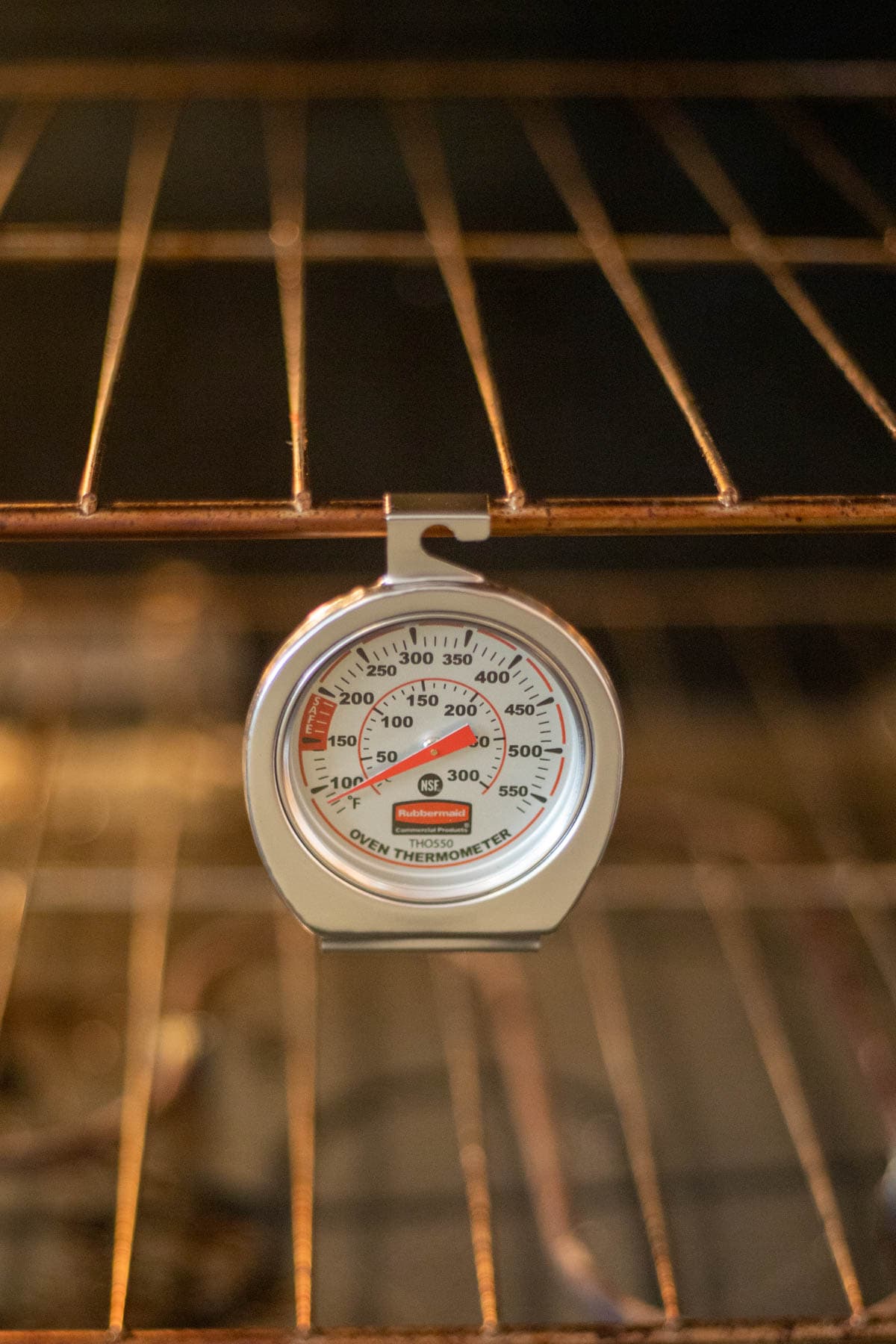
6. Using a Hand Mixer vs. Stand Mixer
When deciding between a hand mixer and a stand mixer, it’s important to consider their distinct advantages and your baking needs. A hand mixer is lightweight, portable, and ideal for quick jobs and smaller batches, offering more control and ease of storage. It’s cost-effective and perfect for tasks like whipping cream or mixing cookie dough, but it may struggle with thicker doughs and requires constant handling.
On the other hand, a stand mixer is powerful and efficient, making it suitable for heavy-duty tasks and large batches. It allows hands-free operation, which is useful for multitasking, and provides consistent, thorough mixing. Though bulkier and more expensive, a stand mixer can handle thick doughs effortlessly and comes with versatile attachments for various kitchen tasks. Your choice should depend on your baking frequency, the types of recipes you make, and the space available in your kitchen.
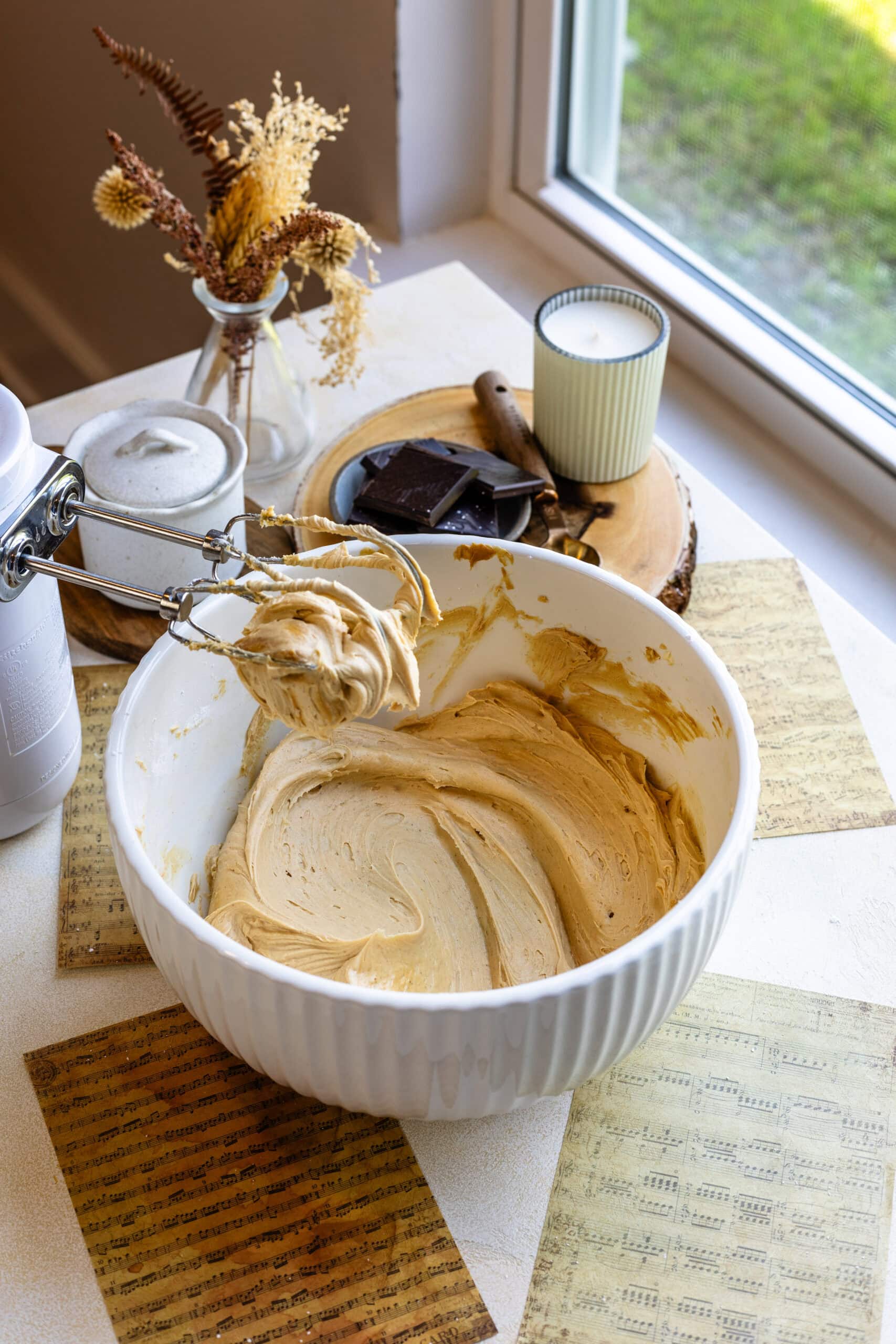
5. Don’t Overmix
Over mixing cake, cookies, and muffin batter can lead to dense and tough baked goods. Mix just until the ingredients are just combined, especially when adding flour to the batter.
Understanding Gluten Development:
- Flour: Contains gluten, which gives structure to baked goods. Overmixing develops too much gluten, resulting in a tougher texture.
- Batters: For cakes, cupcakes and muffins, mix until just combined to keep the texture light and tender.
- Air Incorporation: Proper mixing helps incorporate air, which is essential for leavening and creating a light, fluffy texture.
Additional Tips:
- Use a Gentle Hand: Fold ingredients together with a spatula rather than vigorously stirring.
- Stop Mixing Once Combined: When you no longer see streaks of flour, it’s time to stop mixing.

6. Use the Right Bakeware
The type and size of your bakeware can affect baking times and results. If a recipe specifies a certain type of pan, try to use it. If you need to substitute, adjust the baking time accordingly.
Choosing Bakeware:
- Metal Pans: Conduct heat well and are great for cakes and cookies.
- Glass Pans: Heat slowly and evenly, making them ideal for casseroles and pies.
- Silicone Molds: Flexible and non-stick, perfect for intricate shapes and easy release.
Why It Matters:
- Heat Distribution: Different materials conduct heat differently, affecting baking times and the final texture.
- Size: Using a different size pan can change the thickness of your batter, affecting cooking time and texture.
Additional Tips:
- Line Your Pans: Use parchment paper or silicone baking mats to prevent sticking and make cleanup easier.
- Adjust Baking Times: If substituting pans, keep an eye on your bake and check for doneness earlier or later than the recipe suggests.
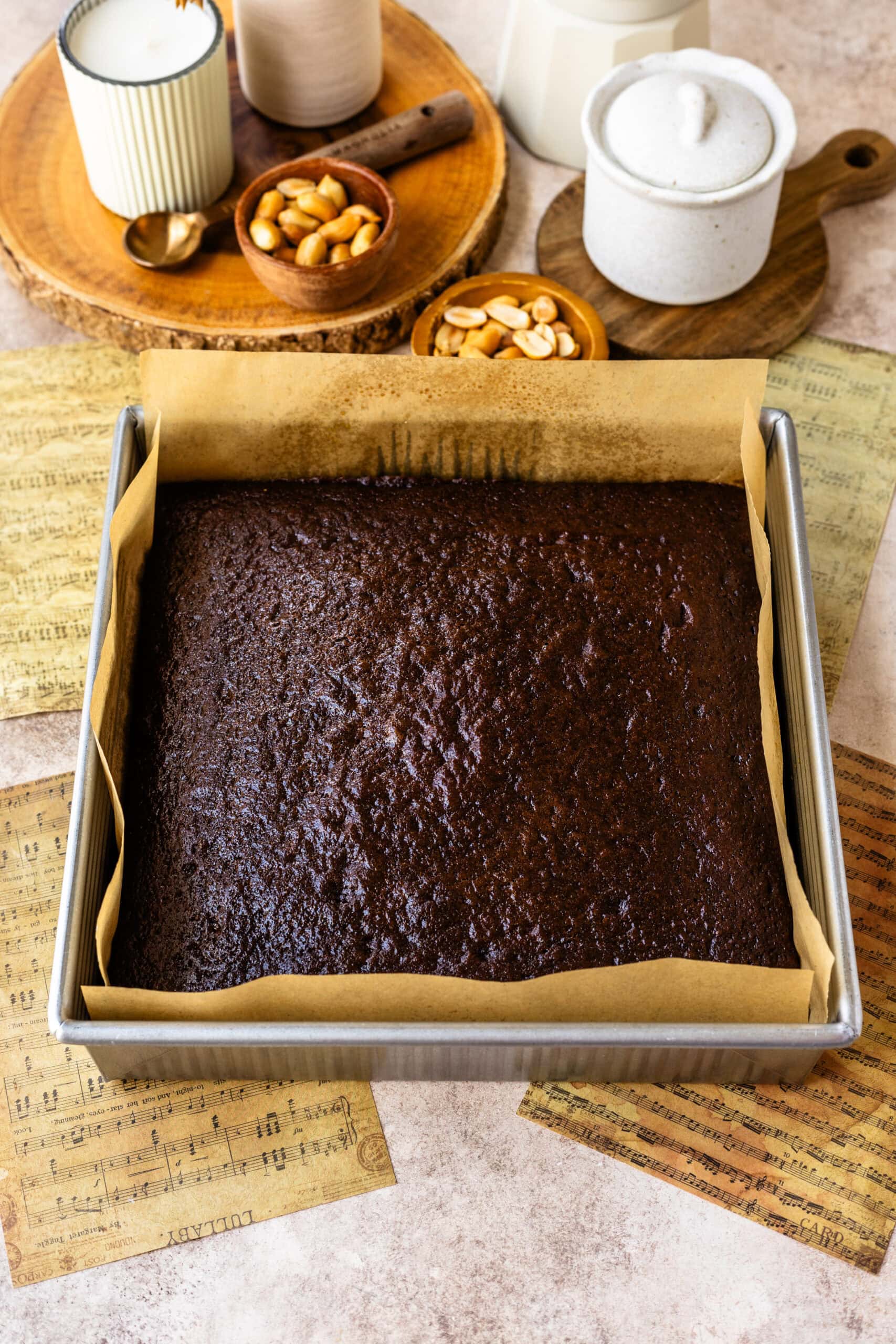
7. Rotate Your Pans
For cakes and other larger baked goods, rotate your pans halfway through the baking time. This is especially important if your oven has hot spots.
Why It Matters:
- Hot Spots: Most ovens have hot spots, and rotating pans ensures even exposure to heat.
- Balanced Baking: Prevents overbaking one side while underbaking the other.
- Even Browning: Ensures all sides of your dessert brown evenly.
- Consistency: Helps achieve uniform texture throughout your baked goods.
Additional Tips:
- Switch Shelves: If baking multiple trays, switch their positions from top to bottom and front to back.
- Monitor Closely: Keep an eye on your bakes after rotating to avoid over baking.

8. Check for Doneness
Use visual cues and recommended testing methods to check for doneness. For cakes, insert a toothpick into the center; it should come out clean or with a few moist crumbs. For cookies, look for golden edges and a slightly soft center. Sometimes things may appear slightly underdone, but they continue to cook as they come out of the oven and usually you’ll get a better final result.
Testing Methods:
- Toothpick Test: For cakes and quick breads, a clean toothpick indicates doneness.
- Finger Test: For cookies, gently press the center; it should be slightly soft and spring back.
- Internal Temperature: For some bakes like bread, use a thermometer to check for the correct internal temperature (e.g., 190-210°F for most breads).
Why It Matters:
- Prevent Over baking: Ensures your baked goods are not dry or burnt.
- Texture: Proper doneness ensures the right texture, from moist cakes to chewy cookies.
Additional Tips:
- Visual Cues: Learn to recognize the visual signs of doneness, such as golden brown edges and a firm but springy center.
- Rest Time: Allow your baked goods to rest in the pan for a few minutes before transferring to a cooling rack.

9. Cool Completely
Allow your desserts to cool completely before cutting or decorating. Cooling on a wire rack prevents soggy bottoms by allowing air to circulate. It’s easy to want to rush but the best bakers know to have patience.
Cooling Tips:
- Wire Racks: Elevate your baked goods to cool evenly and prevent moisture buildup.
- Patience: Rushing the cooling process can result in crumbly or misshapen desserts.
Why It Matters:
- Texture and Flavor: Proper cooling helps set the structure and enhances flavors.
- Easier Handling: Cooled desserts are easier to cut, frost, and decorate.
Additional Tips:
- Cool in the Pan: For delicate items like cheesecakes, cool in the pan to prevent cracking.
- Avoid Drafts: Cool in a draft-free area to prevent hardening or cracking.
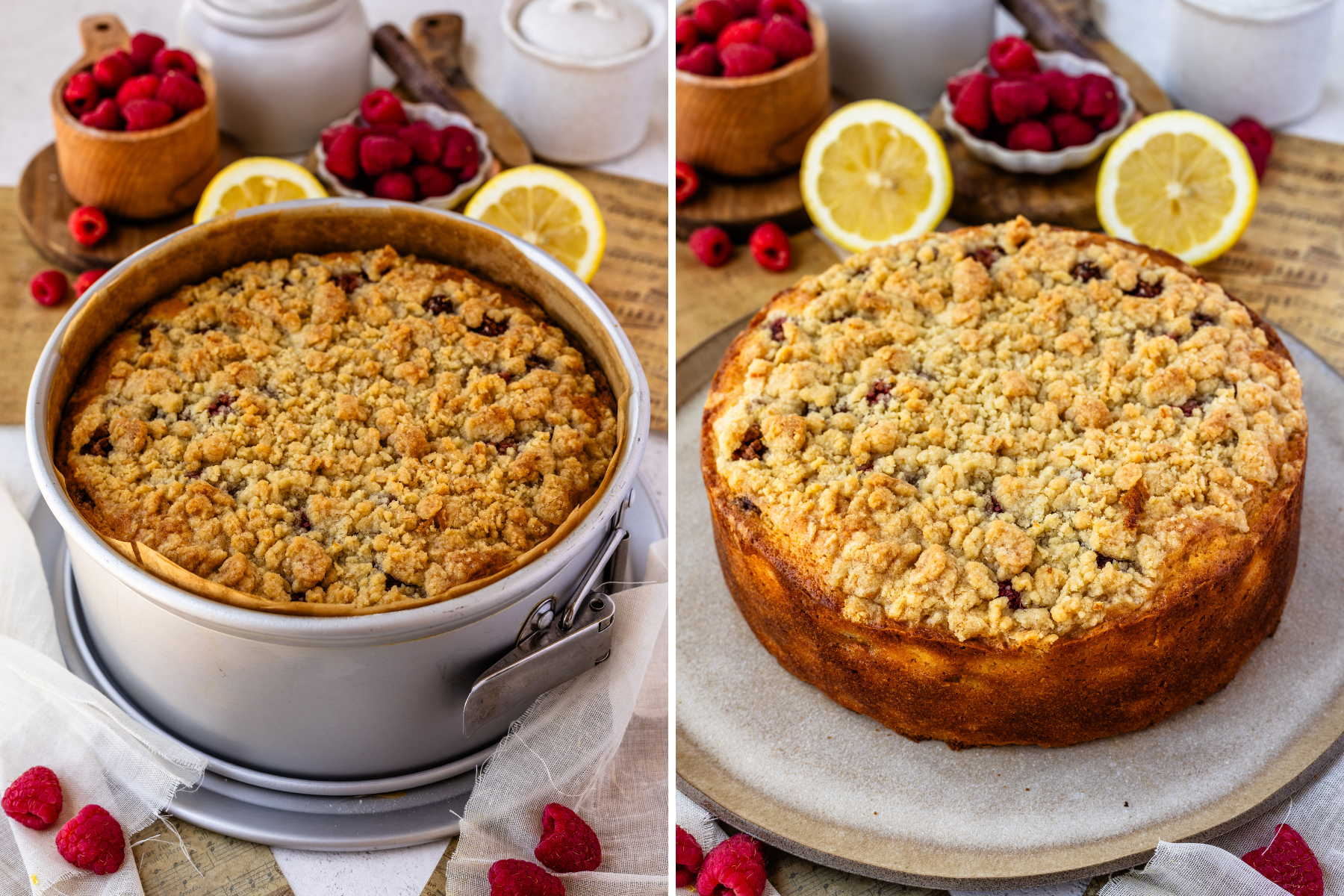
10. Experiment and Have Fun
Baking is both an art and a science. Don’t be afraid to experiment with flavors, fillings, and decorations. Keep a notebook of your experiments and results to learn from your successes and mishaps. That’s exactly how to be a better baker, through practicing and gaining confidence.
Creativity in Baking:
- Flavors: Try adding spices, extracts, or citrus zest to enhance flavors.
- Textures: Experiment with different ingredients like nuts, dried fruits, or chocolate chips.
- Decorations: Practice piping, fondant work, or simple dustings of powdered sugar for a professional finish.
Why It Matters:
- Personal Touch: Adding your own twist to recipes makes baking more enjoyable and unique.
- Learning Experience: Experimenting helps you understand how different ingredients and techniques affect the final product.
Additional Tips:
- Start Simple: Begin with small tweaks to familiar recipes before attempting major modifications.
- Document Your Changes: Keep a baking journal to record what works and what doesn’t, helping you refine your skills.
By following these tips & tricks, you’ll be well on your way to becoming a better baker, creating delicious and beautiful desserts that will impress your family and friends. Remember, practice makes perfect, so keep baking and enjoying the sweet rewards of your hard work.

Here are some basic recipes that you can hone your skills with and learn how to be a better baker!
- Yellow Cake Recipe
- Swiss Meringue Macaron Recipe
- Chocolate Birthday Cake
- Jumbo Thick Chocolate Chip Cookies
- Oreo Brownies
Thank you so much for reading! Happy baking!






